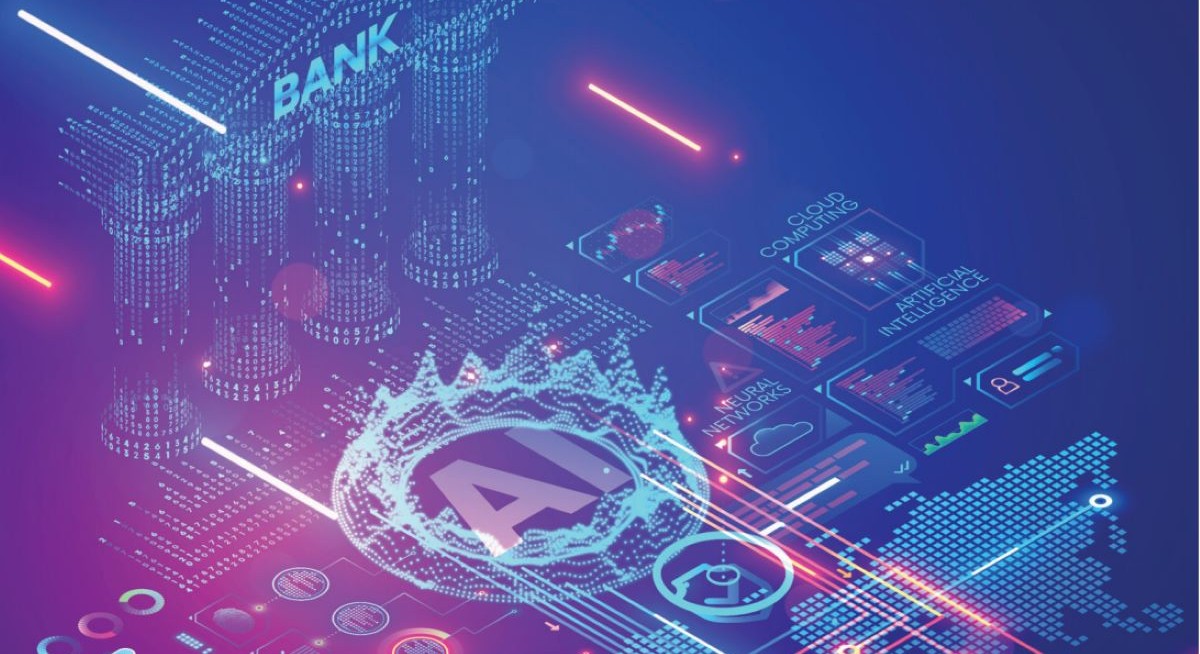See also: SFF 2023 spurs discussion on generative AI and the future of finance
See also: MAS launches blueprint outlining technology infrastructure required to facilitate digital money transactions
For more insights on corporate trends
Create an account to access our premium content.
Subscription entitlements:
End of content
No more pages to load


